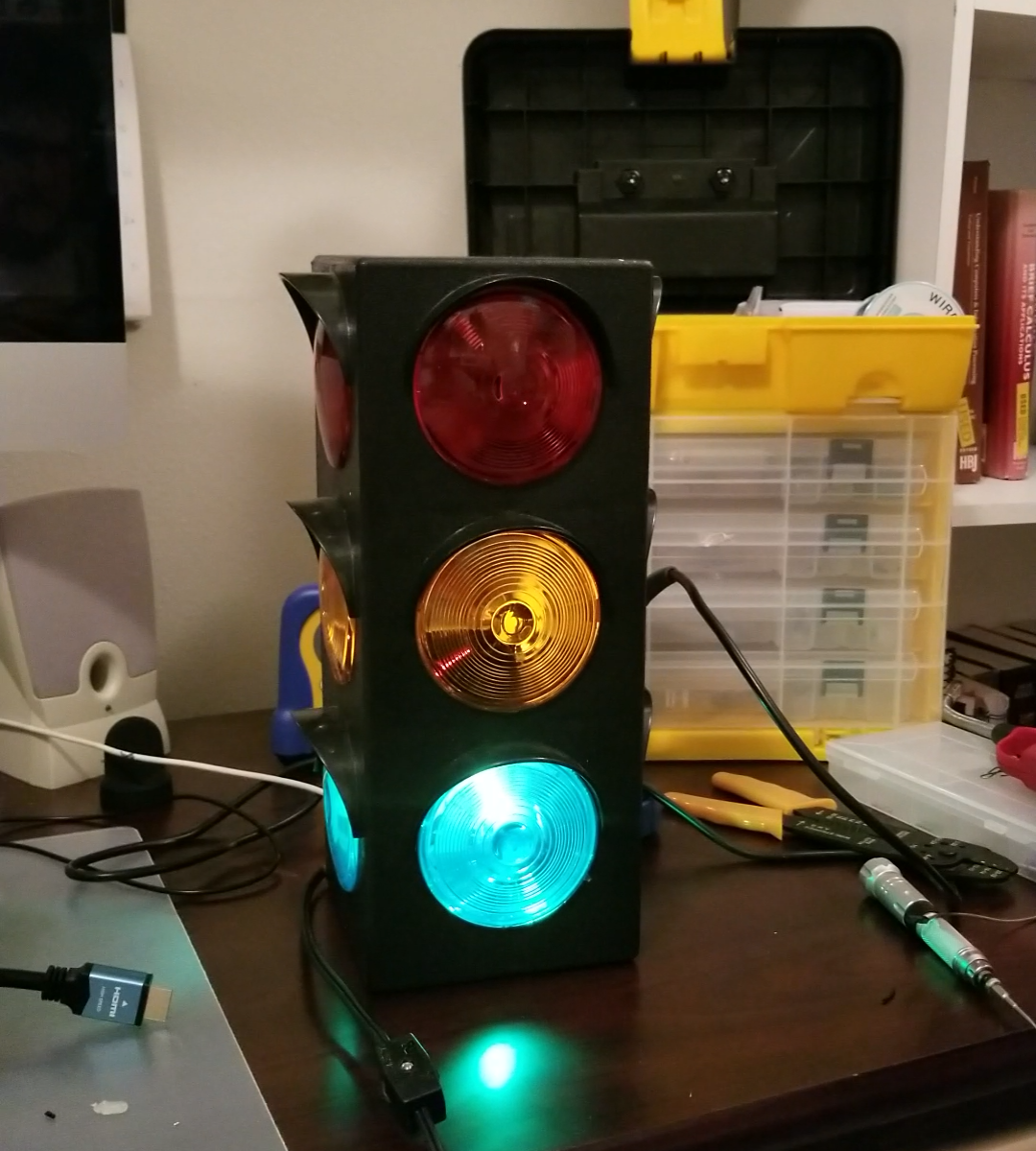I haven’t posted in a couple of weeks, so I figure I better get to it. I have a number of things I’ve been working on in the new year.
- I’ve been watching some Pluralsight videos on Angular. I’ve learned Angular a couple of years back and it has changed a bit, so time to pick it up again.
- I’ve started learning about docker. I created a simple docker application, ran it on my Mac, my PC, and then ran it on a simple Azure Ubuntu VM.
- I created a new keepalive “service”. I had one running on my RPi at home, but when I was away for a couple of days… I realized it had stopped working. I don’t have a personal VPN into my house to figure out why, so I decided to create a super simple Azure Function to do the same thing. That way I can monitor and maintain it anywhere.
- I’ve also been busy 3D printing for my son’s cub scouts. I created a blue mustang pinewood derby car body!
- In addition, I’m going to be 3D printing their names, pack number, and year for their Arrow of Light plaques.
On top of all of this I’ve been studying various algorithms from my college days as these days hiring employers like to test you’re thought process by giving you academic problems to solve and see the thought process as you go through to solve them.
I’ve been pretty busy and since it is a new year, I want to make some goals for 2018. These are not set in stone, but goals I would like to achieve. These are not in any order.
2018 Goals:
- Complete at least one online course a month about technology. Be it to learn a new language or just to improve my craftsmanship.
- Listen to two technology podcasts a week.
- Listen to one book a week (I use Audible a lot).
- Play tennis at least once a week.
- Drink no more than one mocha a week.
- Stop drinking soda (unless it is with rum on the weekends).
- Workout three days a week for at least 30 minutes at a time.
I think these are doable goals and just the start, I’d like to add more, but I also want to make sure I make reasonable goals.
Like the title says… Happy 2018!


